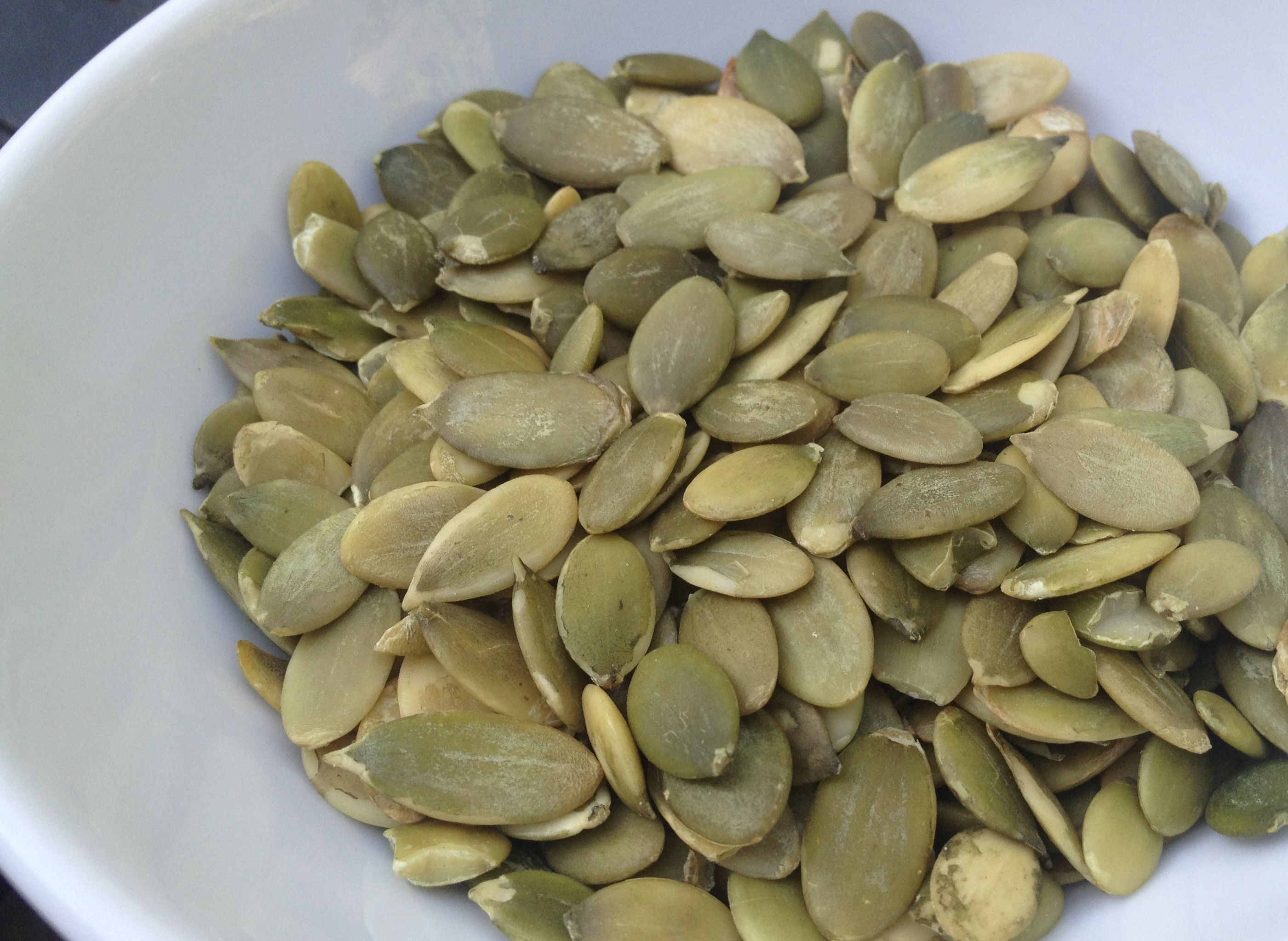Having a solid resistance (weight) training routine is critical for weight loss, long-term weight management, and overall good health. This type of training inherently builds lean muscle mass in the body, which is an integral component of body composition (the relative distribution of fat and lean mass). Having more lean muscle mass and less body fat is ideal, as the latter increases the risk of numerous chronic health problems. You can best achieve this by regularly training with resistance.
Related Article: The Body Mass Index Versus Body Composition: What You Need to Know
Now, you won’t burn as many calories during a typical weight training session as you would with cardiovascular (cardio) exercise.
But, due to its effects on muscle, regular weight training can significantly elevate your metabolic rate (the rate at which your body burns calories). The more muscle you have, the higher your metabolic rate; therefore, lifting weights can ultimately enhance your body’s natural calorie-burning potential (both during and after workouts) in ways that promote greater weight loss over time.
Related Article: The Important Role of Metabolism in Weight Loss
Interestingly enough, people often ask me what my typical week of training looks like.
Truth is, since I’ve trained pretty hard for over 20 years, I typically have to work out at relatively higher intensities in order to maintain the level of physical fitness I so wish to maintain. The goals of my training program are primarily centered on five things: 1) optimizing my health and fitness levels, 2) preserving muscle strength, endurance and size, 3) maintaining an ability to perform day-to-day tasks easily and effortlessly, 4) keeping my metabolism in check, and 5) looking and feeling fabulous.
In relation to the latter, I generally have a pear-shaped figure so cardio exercise tends to emaciate my upper body. Therefore, I perform lots of heavy lifting for my upper body muscle groups for a more balanced look. Below you’ll find a sample of my current weight training plan which is also complemented by my weekly regimen of cardio exercise.
Related Article: What It Means to Have an Apple-Shaped Body
Sunday
Weight training rest day
Monday
Chest workout
- Barbell bench press
- Dumbbell incline press
- Dumbbell flyes
- Dumbbell pullovers
Biceps workout
- Standing curls
- Hammer curls
- Preacher curls
- Concentration curls
Tuesday
Abdominal workout (ball crunches, planks, and seated knee tucks)
Wednesday
Back workout
- Lat pulldowns
- Seated rows
- One-arm bent over rows
- Standard deadlifts
- Upright rows
Triceps workout
- Dips
- Pushdowns
- Overhead extensions
- Kickbacks
Related Article: Building a Sculpted Upper Body with Weight Training
Thursday
High-intensity interval training (HIIT) workout (burpees, mountain climbers, jumping jacks, and other calisthenics), OR
Hydro-Tone (water-based) resistance exercise
Friday
Lower body workout
- Barbell squats
- Dumbbell lunges
- Barbell stiff-legged deadlifts
- Single leg extensions
- Seated leg curls
Shoulder workout
- Barbell military press
- Dumbbell press
- Lateral raises
- Reverse flyes
Related Article: Building a Sculpted Lower Body with Weight Training
Saturday
Full rest day
For each muscle group I generally perform multiple sets (3-5) of each exercise while my number of repetitions varies. Additionally, I perform all my exercises back to back with minimal rest between the sets.
My goal in doing this is to progressively overload each muscle group in a way that supports subtle but sustained muscular development and enhancements in strength and endurance. I also generally use a light-to-heavy progression for each exercise. In other words, I increase the amount of weight I lift during each set with a goal of fully fatiguing my muscles within the planned number of repetitions.
For maximum results, I make an effort to regularly switch up my weight training routine in quarterly cycles. So, the program you’re looking at now will likely change a bit over the course of a few months.
Related Article: Why You Need to Regularly Change Your Exercise Routine
Now, in the event that I’m off schedule with my weight training routine or even if I totally miss a workout, I avoid the urge to go overboard with the next one in an effort to stay on schedule. For instance, if I miss a Monday workout, I’ll sometimes shift my schedule by a day as opposed to trying to combine it with Tuesday’s workout. It’s not a big deal. Stuff happens!
While regularity is necessary for maintaining any exercise training plan, flexibility is also essential for sanity’s sake.
So there you have it! An example of how to incorporate resistance training into your workouts. Again, my program is pretty intense but hopefully I’ve provided you with some good information and valuable strategies for developing or enhancing, your own training program. If you’re unfamiliar with some of the fundamentals I’ve highlighted here, be sure to check out “Weight Training 101: What You Need To Know Before You Lift” and learn everything you need to know about this type of training.







